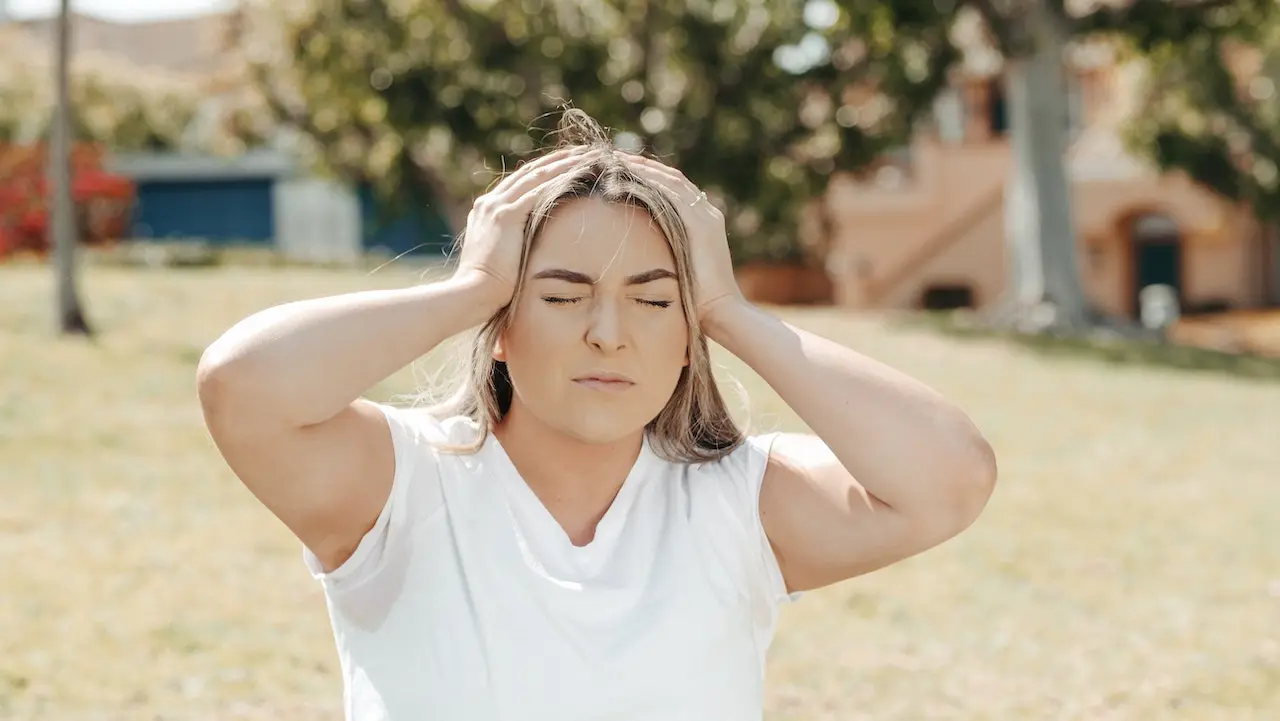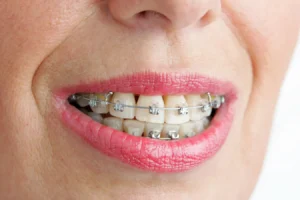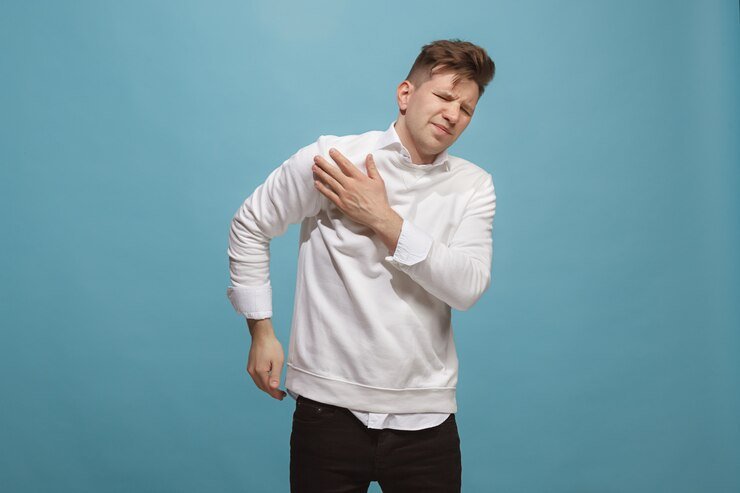Headache is one of the most common ailments suffered by all people. It is also known as “cephalalgia” and refers to pain that occurs in the skull. Although it is occasional, it is important to pay attention to it because depending on the type of pain and the area in which it occurs, it may be a symptom of some diseases.
This discomfort is a warning signal that the body sends to warn that something is not right. According to Carlos Gutiérrez, a general practitioner, there are different factors to take into account to better describe the pain and to determine its meaning: the moment in which it occurs, the frequency, duration, location, and quality.
“There are headaches that occur at the end of the day or after a moment of great stress, so that helps us think that it could be a tension headache. But the frequency, whether occasional, weekly or daily, are also details that help us with a diagnosis,” adds the professional.
Duration is how long the headache lasts, it could be minutes, hours, or days. Whereas location is the area of the skull where the discomfort is felt and the quality can be described as throbbing, sharp, pressure, or a dull ache.
Types of headaches
Headaches are divided into two groups. The primary classification includes pains that are caused by an alteration in neuronal functioning. They tend to be episodic or chronic. For example, migraine, tension headaches, cluster pain, and hormonal pain, among others, says neurologist Victor Arevalo.
The secondary classification includes pains that are caused by a blow or infection, such as sinus headache, head trauma headache, menstrual headache, etc.
The most common types of headaches are listed below.
Migraine
Migraine can cause severe throbbing pain or a pounding sensation in the head, usually on one side, according to the Mayo Clinic. It may be accompanied by other symptoms such as nausea, sensitivity to light and sound, vomiting, and a stiff neck.
There are two types of migraine: with aura and without aura. “An aura is a symptom that appears as a warning of pain, it is something that warns me that the headache will occur and that the patient can associate it with a crisis,” says Arévalo.
Migraine without aura causes intense, throbbing headaches that can last from four to 72 hours; while migraine with aura presents with visual and neurological disturbances that last from 10 to 60 minutes before the actual migraine. The most common aura is visual aura, which consists of seeing bright spots or streaks in areas where there are none.
Migraine is characterized by pain felt only in one half of the head, although it can vary from person to person. Up to 40 percent of people who suffer from it can feel pain in both halves of the skull.
There are three types of treatment: non-pharmacological, which consists of lifestyle changes; abortive treatment is used when the person has a migraine attack, for which analgesics are used to relieve the pain. Preventive treatment is given when the person has several episodes of pain, but not a diagnosis of migraine, for which medications are given to prevent this discomfort from appearing.
Tension headache
It is one of the most common types of headache, as it is caused by muscle tension in the shoulders, neck, scalp, and jaw. Carlos Cano, an internist and leading physician at Pfizer, indicates that this discomfort often begins in adolescence and affects three women for every two men.
The pain feels like a band of pressure around the head and can be classified as episodic (occurring between 10 and 15 days a month) or chronic. It is considered a dull pain, which is continuous and does not improve.
It is caused by stress, anxiety, or depression. It can be irritating to light or sound, but not both. Other triggers include dehydration, loud noises, lack of exercise, not sleeping well, eye strain, and poor posture.
Over-the-counter painkillers such as ibuprofen and acetaminophen are recommended to help relieve pain. Lifestyle changes are also helpful in accompanying treatment. For example, exercising regularly, getting enough sleep, managing stress and anxiety, and more.
Cluster headache
It causes intense pain on the side of the head, which can be felt behind the eye. It happens in cycles. That is, it occurs for several weeks and then there is a pain-free period, Cano says. Other symptoms that may accompany it include sensitivity to light and sound, restlessness, watery eyes, or swollen eyelids.
This type of pain is sudden, does not present any symptoms beforehand, and can last from 15 minutes to hours. Episodes usually occur in daily “clusters,” usually at the same time and day.
If you experience this type of pain, it is best to consult a doctor because there are no clear causes.
Allergy or sinus headache
This type of headache causes discomfort in the front of the head and face. It is caused when the sinus passages behind the cheeks, nose, and eyes become inflamed. Sometimes it can extend to the teeth and jaw.
The pain is often worse when we lean our head forward or when we wake up in the morning. It may be accompanied by a runny nose, as well as fever, nausea, and sensitivity to light or noise.
This condition can be treated with analgesics and nasal decongestants. Ideally, if you experience these warning signs, you should consult a doctor to obtain a diagnosis of sinusitis or allergies.
Headache due to hypertension
It is considered a warning sign because the body is indicating that blood pressure is dangerously high.
The pain is usually on both sides of the head and is described as throbbing. It also gets worse when doing any activity.
If you experience this pain, it is recommended that you call your doctor as soon as possible if you also experience changes in vision, numbness or tingling, nosebleeds, chest pain, and difficulty breathing.
Menstrual headache
This condition occurs when there are changes in hormonal levels. In women, this pain is related to menstruation, so it usually occurs a few days before or during the menstrual period.
Menstrual headaches can be caused by pregnancy, menopause, and oral contraceptives.
Post-traumatic headache
This type of headache, as its name suggests, occurs after some type of injury to the skull. They usually feel like a migraine or tension pain.
Furthermore, they can occur up to 6 to 12 months after the injury. It is important to pay attention to them because they can become chronic pain.






















+ There are no comments
Add yours